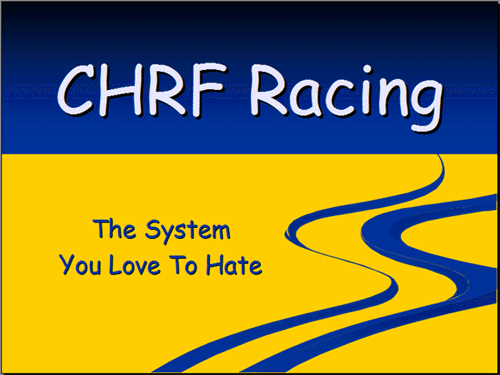
How It works...And It Really Does
Why You Should Consider Forming A "Club Handicap Racing Fleet" Club Handicap Racing has become an amazing success story at the Santa Barbara Yacht Club where it has been in use for more than nine years. Within a large racing program including PHRF and One Design fleets, the Club Handicap Fleet has grown to become the club's single most successful and largest fleets. In the beginning, the program was meant to provide racing opportunities for boats unable to compete to a PHRF rating. But now, the program also includes the club's most serious PHRF and One Design racers who have discovered the pure fun and competitiveness this system offers. The fleet includes trimarans, cruisers, and J boats of every size. But no one has an advantage because of the unique manner in which handicaps are calculated. The formula is complex, but made simple by our software. At the conclusion of every race, the handicaps of all boats are instantly recalculated creating a new level playing field for all competitors. The key to the formula is the Wind Factor, and that's what makes it work. To synchronize the performances of all boats, the conditions of the day must be part of the equation. This component of the formula insures the continuity of valid ratings for all boats whether they raced in a given race or not. The system adjusts handicaps each time a boat races, using performance averages. Each boat that races in a given race has its elapsed time calculated and converted to seconds per mile. The median boat in the fleet (i.e. boat 6 in an 11 boat race) is used to calculate the Wind Factor. The wind factor equals the median boat handicap divided by the median boat seconds per mile. All boats participating in the race then have their seconds per mile multiplied by the wind factor to arrive at an adjusted seconds per mile. The wind factor is an important component in the handicapping calculations because it insures that boats participating in high wind races don't unfairly have their handicaps lowered by the fast conditions while the ratings of the non participating boats remain unchanged. The same applies to participants in low wind races. It would not be fair for a boat to gain a substantially higher handicap just because there was little wind. So the wind factor insures that ratings cannot be substantiality affected by the speed of the wind or other conditions of the day. For each boat, the last five adjusted seconds per mile are used in handicap calculations; values for the race just run, and the last four races run by that boat. The largest value is discarded and the remaining four are averaged; the resulting value is the boat's handicap for the next race. That handicap will not change until the boat races again. See Example The system supports both mass and staggered starts. The most popular are staggered starts which reduce start line congestion and creates a pursuit atmosphere where everyone is chasing or being chased. The program outputs a start time sheet showing all available courses with start times for each boat. This allows the race committee to select any course at the last minute depending on the conditions. The boats with the highest handicaps start first: See Example New boats entering the fleet may be assigned a start time, or they can start at the same time as a similar boat in the fleet. After three races a boat is considered qualified and is eligible for winning places. |